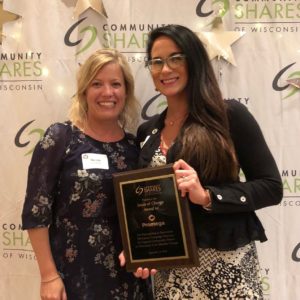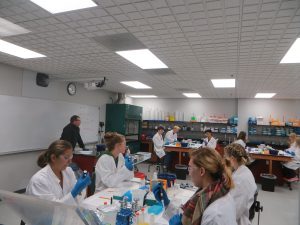Early June 2016
Chris had extreme leg pain off and on for about a month. Pain that came and went, creeping in slowly but sometimes with extreme intensity. Based on x-rays an orthopedist diagnosed a torn hamstring that was on the mend. We were sent home to rest and ice his muscles.
One Sunday Chris played in the pool for 5 hours straight and didn’t wince once. The following week he was fine so he went to soccer practice on Wednesday and swim team practice the next day. At 11:30 that night he woke up screaming in pain. Same leg. Same spot. Back again.
Late June 2016
We were on vacation in Greece. The pain started again, severe and intense and scary, so bad he couldn’t sleep lying down in a bed. Desperate, we ended up in a Greek hospital… the local pediatrician was wonderful and recommended we fly home and see an orthopedic doctor as soon as possible…a terrifying flight home: No answers and a pit in our stomachs. Chris was in a wheelchair.
July 2016
We finally got the orthopedist to order the MRI. The MRI results were what every parent fears: “leukemia or lymphoma” and a referral to an oncologist. After many invasive tests, the oncologist said it was probably not cancer. We felt such relief, but we were left with no answers for all his pain. We moved on to infectious disease.
August 2016
The infectious disease specialist said they could not culture anything so they didn’t believe that Chris had an infection. Again, incomplete answers. We were then passed off to rheumatology. The frustration of not having any answers and our child still in pain was heart-breaking, isolating, and terrifying.
Based on the bone biopsy and MRIs the rheumatologists finally gave Chris a diagnosis: Chronic Recurrent Multifocal Osteomyelitis (CRMO often pronounced “chromo” for short).
The good news: it was not cancer; the bad news: very little is known about CRMO because it is a rare disease.
Continue reading “Building a Collaborative Research Network to Address a Rare Disease”

